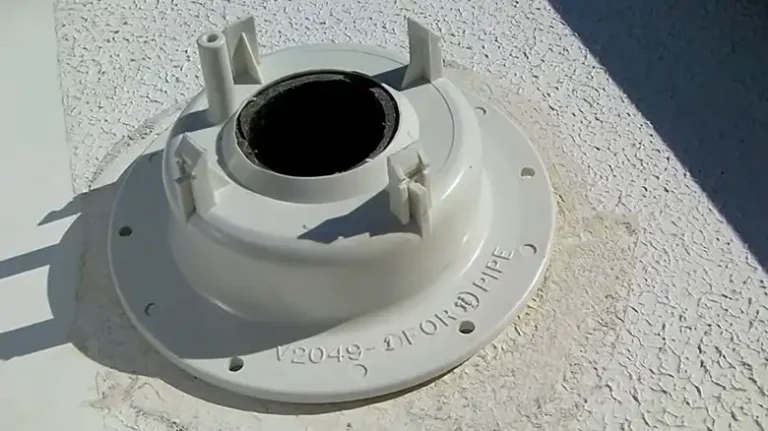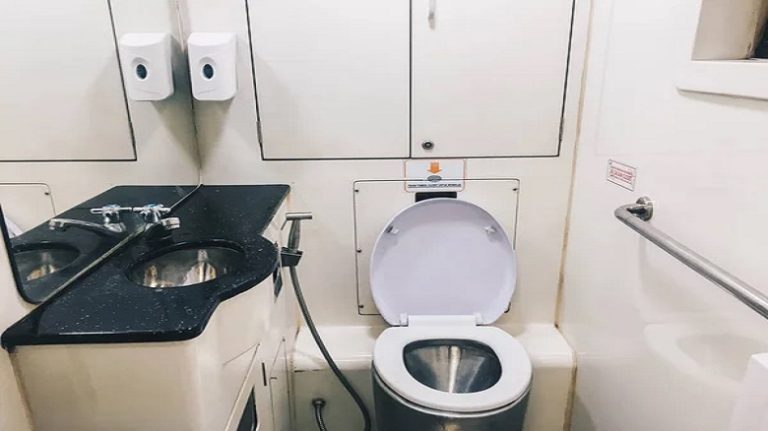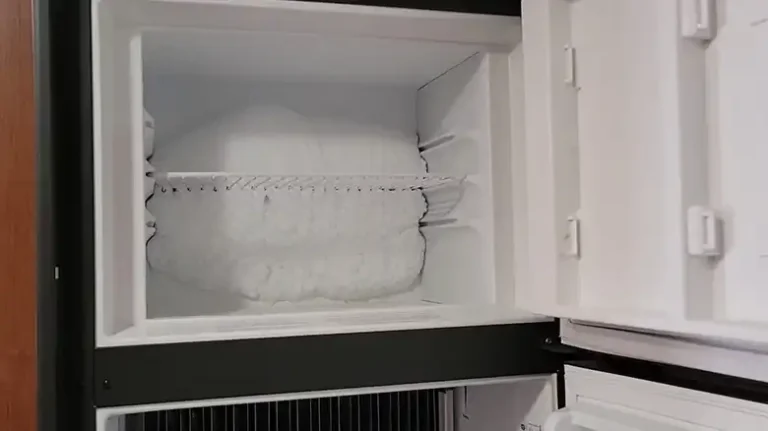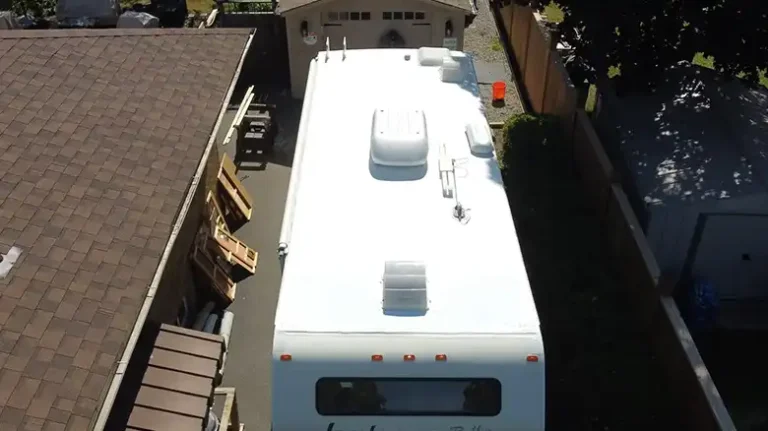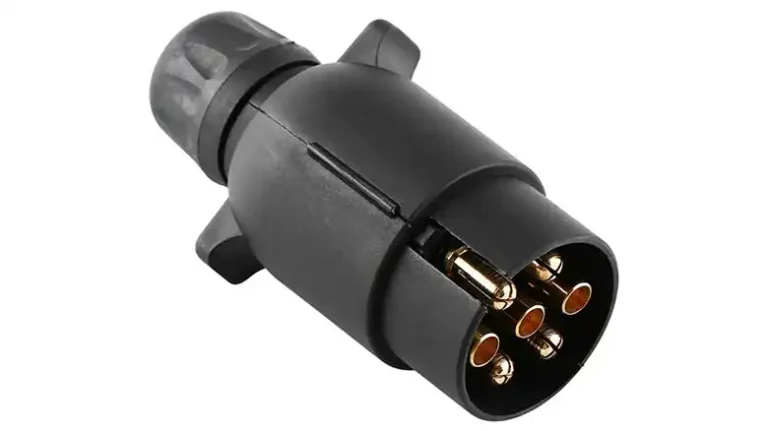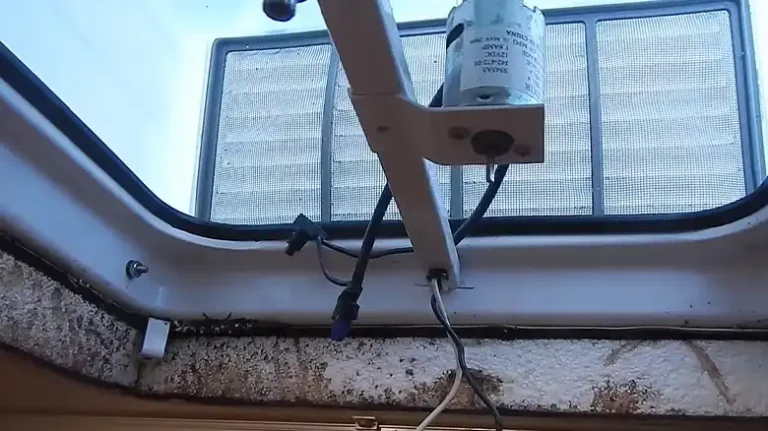RV Water Pump Runs Intermittently: Know This and That
How would it feel when you turn on the faucet to wash up from setting up camp, the water pump roars to life, then suddenly stops? Then it starts and stops again, endlessly cycling but producing little water flow. A properly functioning RV water pump delivers smooth, consistent flow on demand. So, when annoying on-off short cycling begins, it signals trouble needing attention before your trip plans get derailed. Pinpointing the root cause is key so proper repairs can be made.
Leaking plumbing and trapped air often trigger RV water pumps to cycle on and off instead of flowing smoothly. Fixing leaks, tightening fittings, and bleeding air from lines until water runs bubble-free will typically restore proper continuous water pressure and flow needed for a trouble-free camping trip. For the details, stick to me till the end.
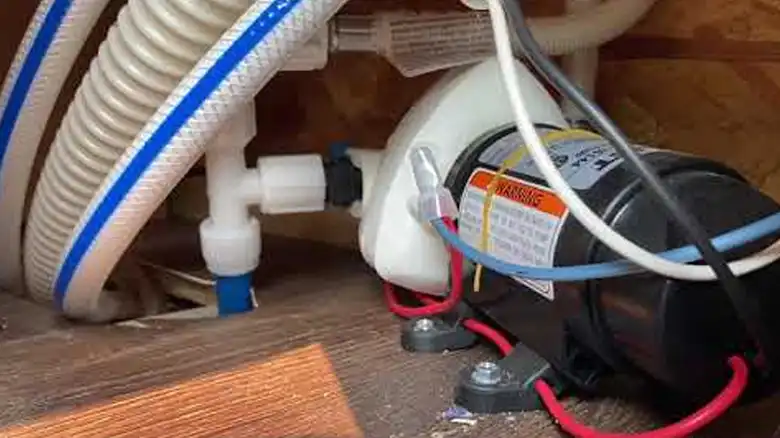
What Causes Intermittent Water Pump Operation?
RVs allow us the comforts of home while exploring the great outdoors. A properly functioning water pump is essential for accessing fresh water for drinking, cooking, cleaning, and bathing. However, RV owners often experience water pumps that turn on and off repeatedly – called “cycling” – rather than running smoothly. This intermittent operation signals an underlying issue that needs correction.
A few common culprits lead to RV water pump cycling – leaks, faulty check valves, air trapped in the plumbing system, and pump problems. It’s better to understand the source of the problem to ensure proper repair.
Cause 1: Leaks in the Plumbing System
Leaks occur when cracks, faulty fittings, or loose connections allow water to escape. As the pump runs to build pressure, water leaks out rather than flowing properly to fixtures. The drop in pressure causes the pump to restart the cycle repeatedly without transferring water. Thoroughly inspect all supply lines and joints for wet spots or drips. Tighten fittings or replace worn gaskets, washers, or hoses as needed.
Cause 2: Faulty Check Valve
A critical part called the check valve only allows water to flow in one direction, preventing backflow. If debris buildup or failure occurs, water will flow backward and drain out after the pump shutoff. This loss of pressure restarts the on-off cycling. Carefully test the check valve by shutting off downstream fixtures while the pump runs. Any water exiting the valve indicates a fault needing replacement.
Cause 3: Air in the Water Lines
Air pockets reduce pressure as pump energy goes towards compressing the air rather than moving water. This air eventually gets absorbed into the water stream, causing the pressure to drop and restart the pump. Bleed the plumbing system by opening all fixtures one by one from farthest to nearest until a steady stream runs bubble-free.
Cause 4: Issues with the Water Pump Itself
With extensive cycling over time, pump components like valves, diaphragms, and seals wear out. Debris or mineral deposits may also inhibit impeller operation. Have a technician fully test the pump while monitoring voltage, pressure, and flow. Repair or replace parts as needed to restore proper function.
How to Fix an RV Water Pump That’s Going On and Off?
Diagnosing the root cause takes systematic troubleshooting through each potential issue area –
Fix 1: Check for Leaks
Visually inspect all plumbing joints and fittings for wetness while the pump runs. Use leak detector fluid or soapy water to check questionable areas. Address any drips with tightened fittings or component replacements.
Fix 2: Test the Check Valve
Isolate the valve and operate the pump briefly with downstream fixtures closed. The valve should stop any water from flowing backward out of the supply line. If leaks occur, replace the faulty check valve.
Fix 3: Eliminate Air from Water Lines
Sequentially open all fixtures from farthest to nearest, allowing each to flow until bubble-free. This forces air pockets through the plumbing to escape. Operate the pump until the water runs smoothly.
Fix 4: Assessing the Water Pump
Disconnect and thoroughly test components like pressure switch operation, electric motor function, impeller condition, and more based on pump type. Repair or replace defective parts.
How Often Should an RV Water Pump Cycle?
An RV water pump should run relatively smoothly in pushing consistent water flow on demand to fixture openings. Very brief 1-2 second periodic startups help maintain target pressures. But extended repetitive cycling indicates leaks, air gaps, or actual pump defects needing correction before worsening damage occurs internally. Electronics and impellers wear rapidly with excessive use. Any cycling more than a few seconds should have the underlying cause investigated and remedied.
How to Maintain Your RV Water Pump?
With simple, regular care an RV water pump can last 5-7 trouble-free years or longer. Annually inspect all plumbing joints and connections for leaks or corrosion. Flush any debris from the strainer. Check mounting screws and electrical terminals. Thoroughly drain all water and introduce RV antifreeze into the plumbing system when storing in freezing conditions. Strongly pump antifreeze through all lines, then remove and store the pump. Prevent damage by avoiding running the pump dry for more than 15-30 seconds. Limit extended run times past 15 minutes by cycling the pump with pauses. Insulate with heat tape and monitor temperature limits in very hot or cold weather. Mount in shielded, clean locations away from road debris.
How Do You Replace an RV Water Pump?
When an RV water pump becomes defective despite best efforts at maintenance and repair, replacing it restores full water system function.
First, turn off the electrical power and water supply. Release pressure by opening fixtures, then disconnect all plumbing and wiring from the faulty pump. Remove the mounting screws to detach the pump from the foundation. Install the new pump using manufacturer instructions, retightening all plumbing connections and electrical terminals securely.
Before operating, fill lines and pump with water first to prime it. Close fixtures, open supply valves, and turn on power to circulate water. Check for leaks during the initial operation. Follow break-in recommendations on flow limits from the supplier. Over time the replacement pump should run smoothly, pushing consistent pressure through the RV plumbing system.
Types of RV Water Pumps
Several pump designs suit different RV freshwater needs.
Standard Pumps use an electric motor coupled with a diaphragm or impeller to push water on demand when the pressure switch activates. Reliable performers like Shurflo or Flojet pumps run quietly at moderate flows around 2-4 GPM.
High-flow pumps employ heavier-duty parts for increased pressures up to 60 PSI and sustained flows approaching 10 GPM, useful for larger motorhomes. Look to Remco or Paragon high-flow pumps for power and reliability.
Submersible Pumps save space by immersing the motor and pumping components directly into the freshwater tank. No need for long suction lines makes for simplified installation. Rule or AquaPro submersibles can output 1-7 GPM depending on RV water needs.
For typical needs, Shurflo and Flojet are two of the best RV water pump brands due to proven longevity across millions of RVs, easy availability, and moderate cost. Careful adherence to suggested pressures and flows assures the best performance. Consider upgraded pumps mainly when equipping much larger motor coaches.
Common Water Pump Questions
How long do RV water pumps last?
With proper use and maintenance, RV pumps average 4-7 years in service. Higher quality units like Shurflo may reach a decade before requiring replacement.
How long can a 12v water pump run continuously?
Duty cycling is recommended to prevent overheating standard RV pumps. Limit any single pump run to 15 minutes maximum before allowing a 15-minute cool-down period. Upgraded high-flow pumps allow for continuous half-hour cycles under heavier demand.
How do I get the air out of my RV water pump?
Open all fixtures from farthest to nearest allowing water to fully flow until no bubbles appear. Let the pump circulate until all air pockets are purged from the lines. Check pump strains for trapped air as well during maintenance.

